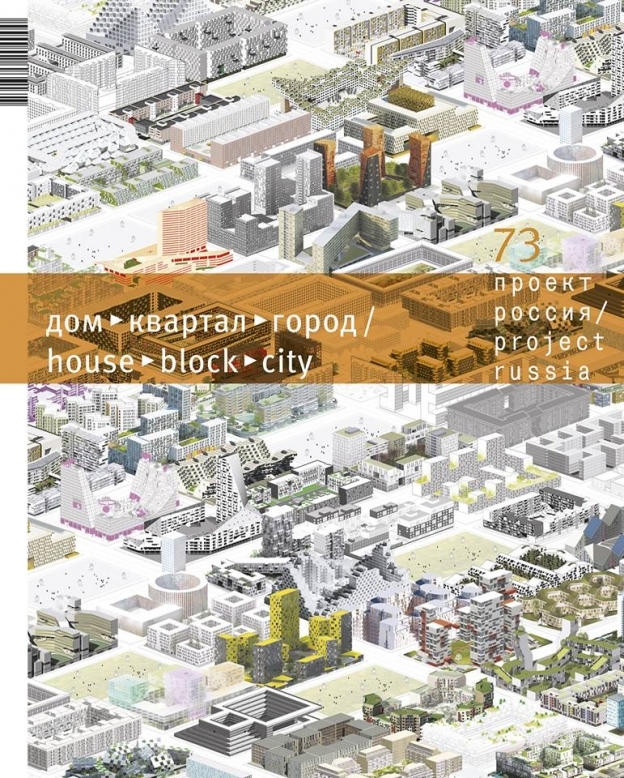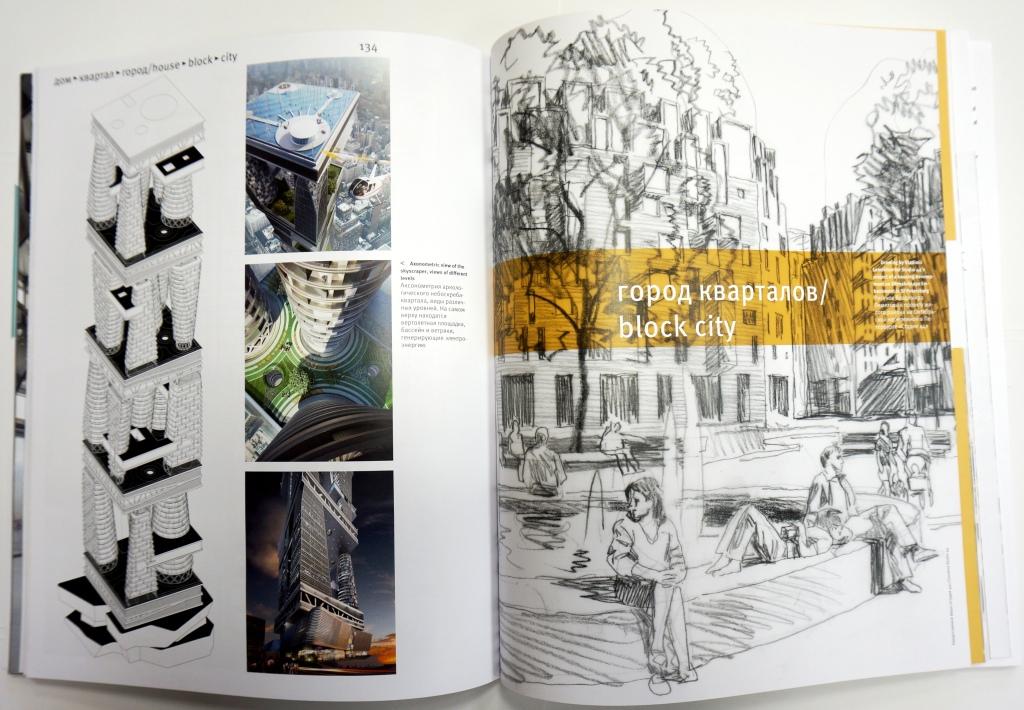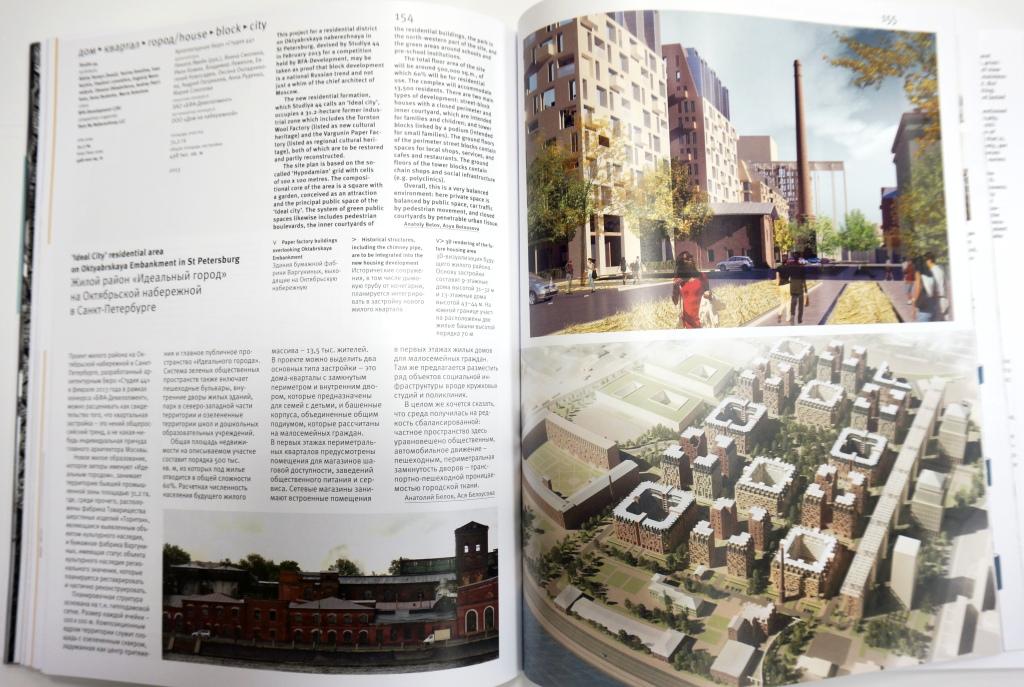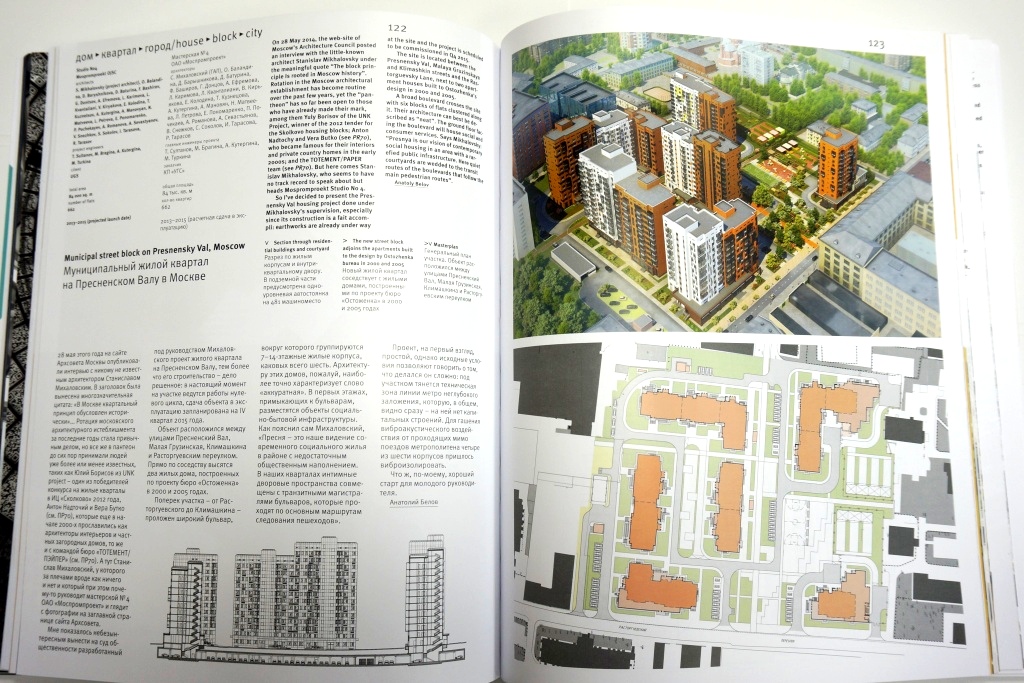Theme of the issue: House. Block. City

An issue of the Project Russia magazine came out, with a central theme which has become the new principles of Moscow’s urban planning policy. On the pages of the magazine, leading Russian architects and critics reason on the re-establishment in the architecture of the capital the lost hierarchy of urban spaces, from private — in the courtyard — to citywide.
The issue is called “House. Block. City”. Project Russia already wrote about blocks almost five years ago. It is true at that time the magazine on its own “shaped the agenda,” and did not reflect the Russian reality, which as noted by the longtime editor Bart Goldhoorn, “is still reproducing a late-modernist cityscape, which disappeared from the planning practices of Western Europe more than 30 years ago.” However, although blocks until recently were somehow absolutely “not about us”, while reasoning about their benefits over micro-districts were of a speculative nature, and in no way correlated with the Russian practice, Bart Goldhoorn repeatedly returned to this theme, in particular, making it central to the first Moscow Architectural forum.

And now the theme of Project Russia’s issue about blocks is a direct response to the adjustment of urban planning policy in Moscow.
This is so unexpected that, according to Bart Goldhoorn, it joins other revolutionary urban planning fractures of Soviet history, such as Khrushchev’s “resolution on luxuries.”
At the moment it is not reflected in any urban planning documents, nor or in the look of Moscow, but it is already in projected work, and most importantly, in the ideology of city authorities. The signal of a shift, according to Bart Goldhoorn in an article in the issue, came from the Chief Architect of Moscow, Sergey Kuznetsov, in 2013 at the Seminar on the Basic Principles of Forming New Residential Developments, where the current values were presented: a clear distinction of space into citywide and private; diversity; a limit on the number of storeys.

“Of course, it all started not just by a signal of the chief architect, but much earlier”, said Bart Goldhoorn, and in his opinion the market itself began to push developers to improve the quality of work. Now, the magazine’s editor writes that it is important to return the urban planning initiative to the city government:
“It is long overdue for the authorities to create a framework of urban planning that would offer us a new model of mass production of housing and combined the benefits of postmodern urban planning with standardization.”
A thorough analysis of the principles of block development and its international experience has allowed experts of the magazine to put together some predictions: what to expect from the “accelerated growth” of blocks on Russian soil, whether an alternative urban development model can be adapted based on the initiatives of the local community, whether it will be possible at all to build full-fledged blocks under regulations tailored to micro-districts.

A selection of partially implemented or planned for implementation facilities in which the new urban planning principles are manifested as the main planning tool, shows that Moscow is only at the beginning, but as Alexey Shchukin noted in his essay, to adopt the block principle “like a battering ram will help to break the rusty chain, which has hooked us from the Soviet past.”
This issue is not only about blocks, but also about Moscow’s breakthrough exhibition projects abroad — also a part of the capital’s new urban development agenda. Over the past quarter there have been several of them: exhibitions in the Berlin gallery Aedas and part of the collateral program of the Venice Biennale — “Moskva: urban space”, and of course the Russian pavilion, which as Alexander Ostrogorsky wrote in his insider essay, helped defuse the political tension against Russia at Europe’s main architectural show.




